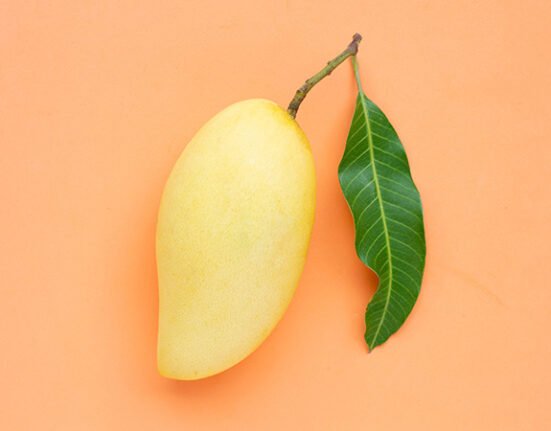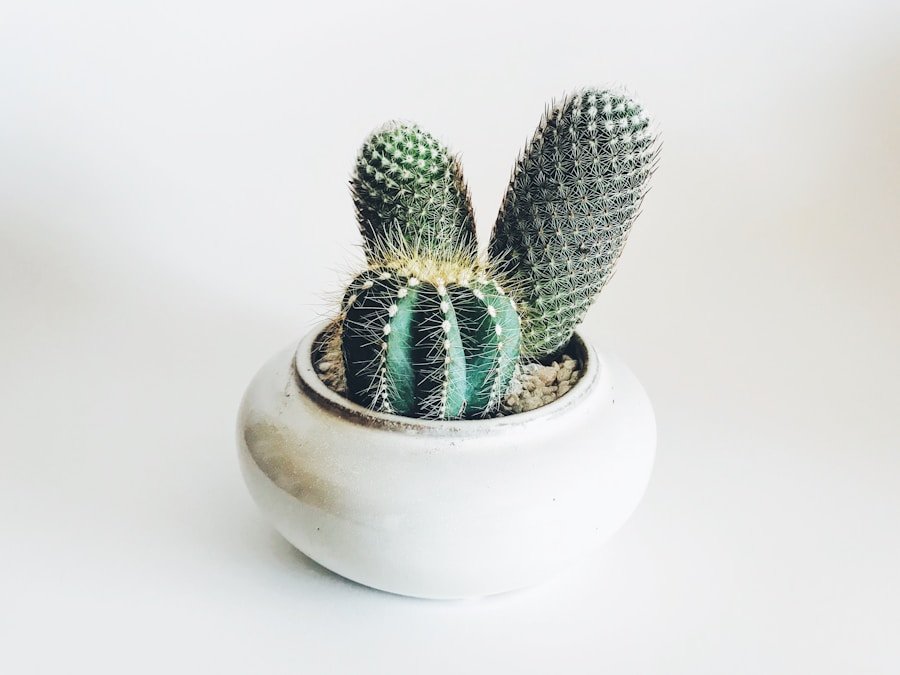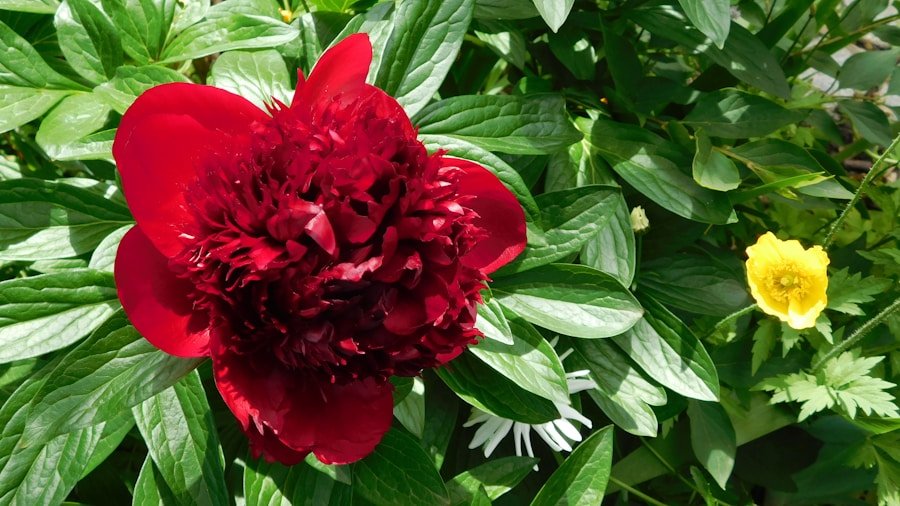Soilless gardening, also referred to as hydroponics, is a cultivation method that eliminates the use of traditional soil. In this approach, plants are grown in a nutrient-rich water solution or a non-soil growing medium, such as perlite, vermiculite, or coconut coir. The popularity of soilless gardening has increased in recent years due to its capacity to produce high yields in limited spaces and its potential for conserving water.
This method can be applied both indoors and outdoors, making it a versatile option for gardeners of all skill levels. Soilless gardening is a sustainable and efficient way to cultivate plants, as it eliminates the need for large quantities of soil and reduces the risk of soil-borne diseases. This method allows for precise control over the nutrients and pH levels that plants receive, resulting in healthier and more productive crops.
With the necessary knowledge and equipment, soilless gardening can be a rewarding and environmentally friendly way to grow a diverse range of plants.
Key Takeaways
- Soilless gardening is a method of growing plants without using traditional soil, using alternative growing mediums such as perlite, vermiculite, coco coir, or hydroponic systems.
- There are various types of soilless gardening systems, including hydroponics, aeroponics, and aquaponics, each with its own unique method of delivering nutrients to plants.
- Soilless gardening offers benefits such as faster growth, higher yields, and the ability to grow in limited space or non-traditional environments.
- When choosing a growing medium for soilless gardening, consider factors such as water retention, aeration, and nutrient delivery to ensure optimal plant growth.
- Successful soilless gardening requires attention to factors such as pH levels, nutrient balance, and proper plant support, and common plants grown in soilless systems include lettuce, herbs, and tomatoes.
Introduction to Soilless Gardening
Key Principles of Soilless Gardening
One of the key principles of soilless gardening is the use of a nutrient solution to provide plants with the essential elements they need to grow. This solution can be delivered to the plants through various methods, including drip irrigation, ebb and flow systems, or aeroponics.
Benefits of Soilless Gardening
By providing plants with a controlled environment and a consistent supply of nutrients, soilless gardening allows for faster growth and higher yields than traditional soil-based methods. This makes it an attractive option for gardeners who want to maximize their growing space and minimize their environmental impact.
Applications of Soilless Gardening
This method of gardening is often used in commercial agriculture to produce high-value crops such as lettuce, tomatoes, and herbs, but it is also gaining traction among home gardeners who want to grow their own fresh produce year-round.
Types of Soilless Gardening Systems
There are several different types of soilless gardening systems, each with its own unique advantages and challenges. One of the most common systems is the nutrient film technique (NFT), which involves growing plants in a shallow stream of nutrient solution that is recirculated through a series of channels. This method is popular for growing leafy greens and herbs, as it allows for efficient water and nutrient use while minimizing the risk of root rot.
Another popular soilless gardening system is the deep water culture (DWC) method, which involves suspending plant roots in a nutrient solution that is constantly aerated. This method is often used for growing larger plants such as tomatoes and peppers, as it provides ample oxygen to the roots and allows for rapid growth. Other soilless gardening systems include aeroponics, which involves misting plant roots with a nutrient solution, and drip irrigation, which delivers water and nutrients directly to the base of each plant.
Benefits of Soilless Gardening
| Aspect | Information |
|---|---|
| Definition | Soilless gardening is a method of growing plants without the use of traditional soil. Instead, it relies on alternative growing mediums such as perlite, vermiculite, coconut coir, or hydroponic systems. |
| Advantages | 1. Better control over nutrient levels 2. Reduced risk of soil-borne diseases 3. Efficient use of space 4. Less water usage 5. Suitable for urban environments |
| Disadvantages | 1. Initial setup costs 2. Requires regular monitoring of nutrient levels 3. Dependence on artificial lighting in some cases 4. Potential for equipment malfunctions |
| Examples | 1. Hydroponics 2. Aeroponics 3. Aquaponics 4. Container gardening with soilless mixes |
Soilless gardening offers several key benefits that make it an attractive option for both commercial and home gardeners. One of the main advantages of this method is its ability to produce high yields in a small space, making it ideal for urban or indoor gardening. By eliminating the need for traditional soil, soilless gardening also reduces the risk of pests and diseases that can harm plants, leading to healthier and more productive crops.
In addition to its space-saving potential, soilless gardening is also a more sustainable option than traditional soil-based methods. By using a nutrient solution or non-soil growing medium, this method reduces the need for large amounts of water and fertilizer, leading to less waste and environmental impact. Soilless gardening also allows for precise control over the nutrients that plants receive, leading to healthier and more flavorful produce.
Choosing the Right Growing Medium for Soilless Gardening
When it comes to soilless gardening, choosing the right growing medium is crucial for the success of your plants. There are several options available, each with its own unique properties and benefits. One popular choice is perlite, a lightweight volcanic rock that provides excellent drainage and aeration for plant roots.
Another common option is vermiculite, a natural mineral that retains moisture and provides a stable environment for root growth. Coconut coir is another popular growing medium for soilless gardening, as it is made from the fibrous husk of coconuts and provides excellent water retention and aeration. Rockwool is another option that is commonly used in hydroponic systems, as it provides a stable structure for plant roots and can be easily customized to fit different growing environments.
When choosing a growing medium for soilless gardening, it is important to consider the specific needs of your plants and the conditions in which they will be grown.
Tips for Successful Soilless Gardening
Optimal pH Levels and Water Quality
Maintaining proper pH levels in the nutrient solution or growing medium is crucial, as it directly impacts the ability of plants to absorb essential nutrients. Additionally, monitoring water quality is vital to ensure it is free from contaminants that could harm plant roots.
Lighting and Ventilation
Proper lighting is essential for successful soilless gardening, as plants grown in this method often require more light than those grown in traditional soil. Providing adequate ventilation and air circulation is also important, as it helps prevent mold and mildew from forming on plant leaves.
Regular Monitoring and Adjustments
Regular monitoring of plant health and growth is vital for identifying any issues early on and making adjustments as needed. By keeping a close eye on your plants, you can address any problems promptly and ensure a healthy and thriving soilless garden.
Common Plants Grown in Soilless Gardening Systems
A wide variety of plants can be grown successfully in soilless gardening systems, ranging from leafy greens and herbs to larger fruits and vegetables. Leafy greens such as lettuce, spinach, and kale are popular choices for soilless gardening due to their fast growth and high yield potential. Herbs such as basil, cilantro, and mint also thrive in this method, as they require well-drained growing conditions and benefit from precise control over nutrient levels.
Tomatoes are another common choice for soilless gardening, as they require ample water and nutrients to produce large fruits. Peppers, cucumbers, and strawberries are also popular options for this method, as they can be grown vertically to maximize space and yield. With the right knowledge and equipment, a wide variety of plants can be successfully grown using soilless gardening methods.
Comparing Soilless Gardening with Traditional Soil-Based Gardening
While both soilless gardening and traditional soil-based gardening have their own unique advantages and challenges, there are several key differences between the two methods. One of the main differences is the level of control that soilless gardening offers over nutrient levels and growing conditions. This method allows for precise adjustments to be made based on the specific needs of each plant, leading to healthier and more productive crops.
Soil-based gardening, on the other hand, relies on the natural properties of soil to provide plants with essential nutrients and support for root growth. While this method can be more forgiving in terms of nutrient management, it also carries a higher risk of pests and diseases that can harm plants. Ultimately, the choice between soilless gardening and traditional soil-based methods depends on the specific needs and goals of each gardener, but both methods offer unique opportunities for growing healthy and productive plants.
FAQs
What is soilless gardening?
Soilless gardening, also known as hydroponics, is a method of growing plants without using traditional soil. Instead, plants are grown in a nutrient-rich water solution or a medium such as perlite, vermiculite, or coconut coir.
How does soilless gardening work?
In soilless gardening, plants receive all the necessary nutrients directly from the water or growing medium. This allows for precise control over the plant’s environment, including pH levels, nutrient concentrations, and water availability.
What are the benefits of soilless gardening?
Soilless gardening can result in faster plant growth, higher yields, and more efficient use of water and nutrients. It also eliminates the risk of soil-borne diseases and pests, and can be done in areas with poor soil quality.
What types of plants can be grown using soilless gardening?
A wide variety of plants can be grown using soilless gardening, including vegetables, herbs, flowers, and even some fruit-bearing plants. However, certain plants may require specific nutrient solutions or growing conditions.
What are the different methods of soilless gardening?
There are several methods of soilless gardening, including nutrient film technique (NFT), deep water culture (DWC), aeroponics, and wick systems. Each method has its own advantages and may be better suited for different types of plants or growing environments.






3 Comments